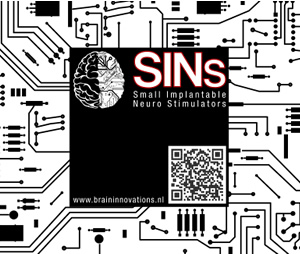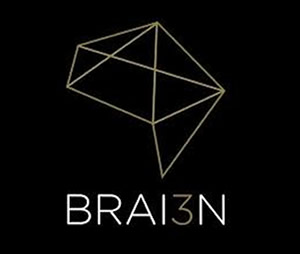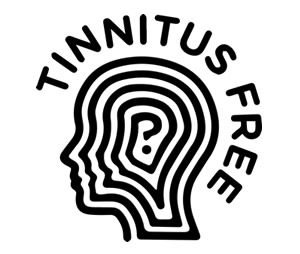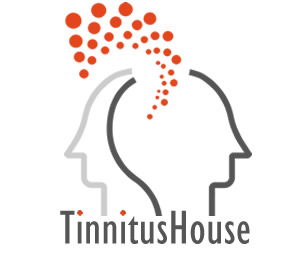




BrainInnovations
Introduction Braininnovations
Braininnovations was created as a joint venture to integrate the very rapid developments in brain research and technology in order to create new treatments for intractable diseases. Braininnovations originated when BRAI3N group ( Brain Research consortium for Advanced, International, Innovative & Interdisciplinary Neuromodulation ) joined forces with Delft University of Technology and the Neuroscience Department of the Erasmus Medical Center, Rotterdam, both in the Netherlands. In an intensified bed-to-bench and bench-to-bed approach, Braininnovations bridges a gap in translational medicine by combining cutting edge technologies with the outcome of studies in neuroscience.
Braininnovations
Braininnovations was founded in 2005 by Dirk De Ridder and Eddy van der Velden. Dirk De Ridder ( Prof. dr. D. De Ridder ) is a neurosurgeon, neuroscientist and, as a Darwin cognoscente ( his dissertation ‘A Darwinian neurosurgical approach to tinnitus’ was published in 2005 ), he has been investigating methods to influence the evolution of the brain. One of these methods is neuromodulation. Neuromodulation is the initiation and modulation of neurophysiological signals, with the aim of changing the functioning of the central nervous system in such a way that it can be used as a therapy. The technique involves the electrical stimulation of certain regions in the nervous system, and the local dispense of fluids to the system, via the spinal cord or ventricles.

At this moment this therapy is being applied by using a rather extensive electrical system in which the components are distributed over the body, interconnected with wires, and fed by rather large implantable batteries. This relatively primitive approach brings along several risks, including cable breakage, and complications due to the exchange of batteries. Eddy van der Velden (ass.prof. E.M. van der Velden) is a professional art painter, writer and medical researcher with extensive inborn creative talents. Over the last 30 years he has been associated with several academic hospitals in the Netherlands and abroad, as a scientist. Eddy is also the founder of the paramedical disciplines dermatography and keratography. When he first met Dirk De Ridder, he recognised the uniqueness in Dirk’s deviating point of view on the human brain, which he had labeled “The Electronic Medicine in the Future”. Van der Velden claims that neurological sciences are currently “inside the tornado”, and facing a series of revolutionary discoveries, of which we are currently completely unaware, and which will have tremendous effects on medicine and medical ethics, but also – though less obviously – on economy, law, marketing and religion. “This century will be the century of neuroscience and genetics”, claims Eddy van der Velden.
Research
In the wake of prof.dr Kevin Warwick and prof.dr. Mark Gasson we want to focus on the “electronic medicine“, whereby our prime interest is in electrical signals, therapeutically applied to the brain. The advantage of these signals over pharmaceutical means is that they can be applied at specific locations in the brain, and probably have less side-effects. The use of electrical signals enables us to intervene in the chemical processes that influence or determine the working of the brain. In this way particular parts of the brain can be stimulated and “reset”. In this sense Dirk De Ridder is following prof.dr. Michael Gazzaniga in his opinion that it makes sense to reprogram the brain. ‘One should revalue the concepts of variation and diversity in our society’, according to Dirk De Ridder. The reality of our digitized lives makes us indifferent and we should beware of the loss of the creative capacities of our brains, caused by the intensive watching of computer screens. Happily enough, our brains have a tremendous adaptability. Eddy van der Velden believes that, in the near future, we will be able to actively stimulate our brains through neuromodulation to catalyse creative thinking, and acquire new insights.
Building a new generation of neurostimulators
Braininnovations aims at the improvement of the current generation of neurostimulators, by – among other means – the use of significantly smaller microchips, unbreakable wiring, miniature batteries that are fed by the human body, wireless monitoring and steering by smartphones, and the option to easily send encrypted data to the medical staff, using the smartphone, a series of improvements that will lead to much friendlier appliances and solutions for the patient. These improvements should result in the creation of new appliances and solutions that are much more patient-friendly.

Patients and their future possibilities for treatment
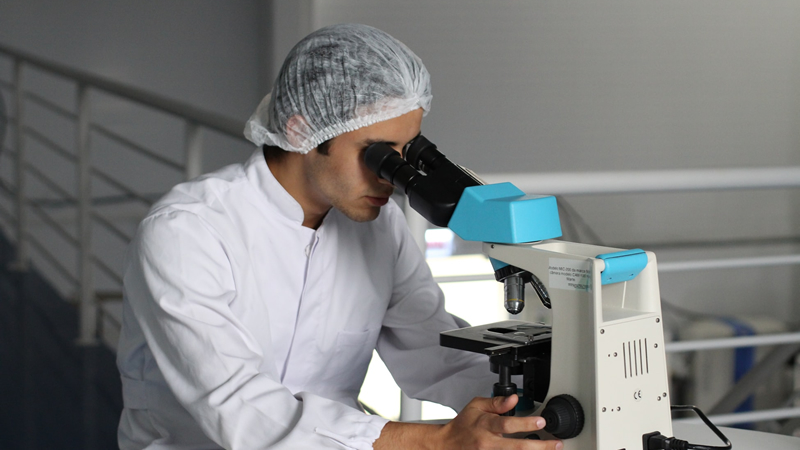
The treatment of neurological disorders through neuromodulation consists of a number of methods to intervene in the neurophysiological features of the human body. The selection of the most appropriate method for treating a disorder is based on the kind of disorder, and its cause. In practice, the following methods are used:
● Electrical stimulation to activate a patient’s locomotion
This type of stimulation involves the revitalisation of paralyzed muscles to regain motion, such as peroneus stimulation to cure a foot-drop.
● Electrical stimulation of the central nervous system
Includes the modulation of the spinal cord and brain, to cure paroxysmal disorders and clonus, epilepsy, bladder problems, fibromyalgy, tinnitus, bipolar disorders, obsessive behaviour, Parkinson and Alzheimer. Last but not least: this type of stimulation is used to alleviate pain and to influence the hormone system.
● Localized stimulation with chemicals
Some neurological disorders are caused by a disruption of the production of the specific chemicals by the human body that are needed for the transfer of signals between neurons. The lacking of these chemicals causes uncontrolled movements, like spasms and tremors. Localized stimulation, for example in the hormonal areas of the spinal cord, or in the brain ventricles, can have good results in many cases.
Current projects
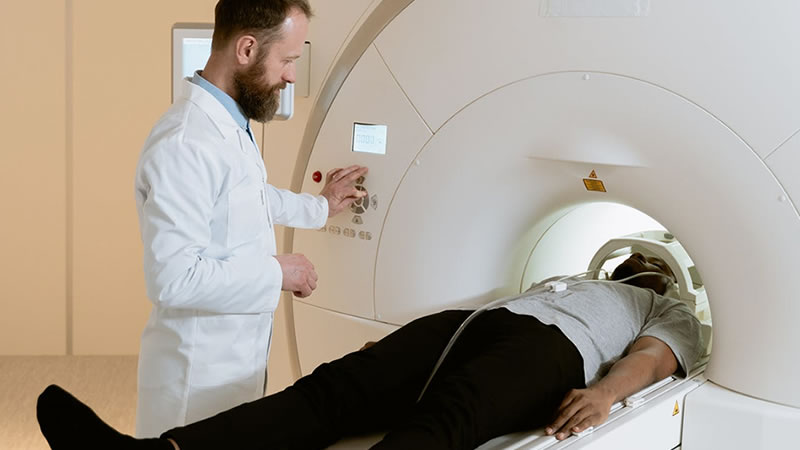
● One project entails the development of an extremely versatile, miniaturized, constant-charge brain stimulator applicable for deep-brain stimulation, cortex and peripheral-nerve stimulation ( uStim/SINS project: Small Implantable NeuroStimulators ).
● Another project involves the deployment of Android-based smartphones whose audio output is being adjusted to the loss of hearing in tinnitus patients based on individualized audiometric data, following an approach developed by the French neuroscientist Arnaud Norena.
● In an adaptation of a technique developed for animals by auditory neuroscientist Turner, a third project attempts to develop a gap detection test for human patients.
● A fourth project is aimed at designing next-generation, generic implant processors and systems-on-chip ( SoC ) featuring high levels of hardware/software dependability, high security and privacy, ultra-low power consumption and miniature size ( SiMS project: Smart Implantable Medical Systems ).
● A fifth project entails the design of an artificial cerebellum as a real-time, medical multi-processor system-on-chip ( MPSoC ) aiming at rescuing ( i.e. replacing ) damaged parts of an actual, biological brain. The artificial cerebellum system is expected to be portable or wearable and has the following requirements:
– high reliability due to its medical application
– power-efficiency for portability
– adaptability to different input patterns ( DeSyRe project: on-Demand System Reliability )
– high performance, both in latency ( for real-time processing ) and in throughput ( for covering a large number of neurons )
Onze partners
